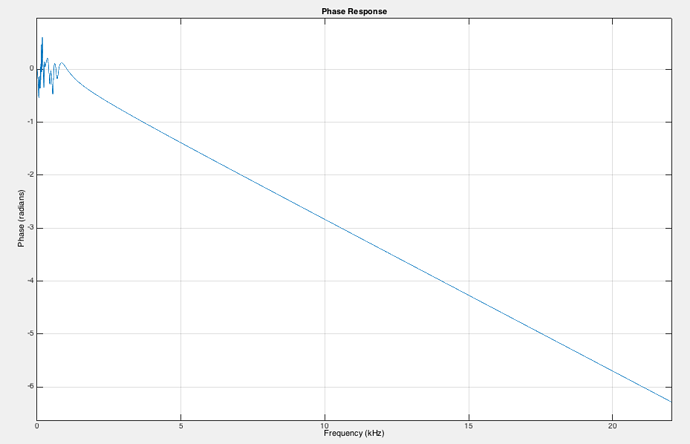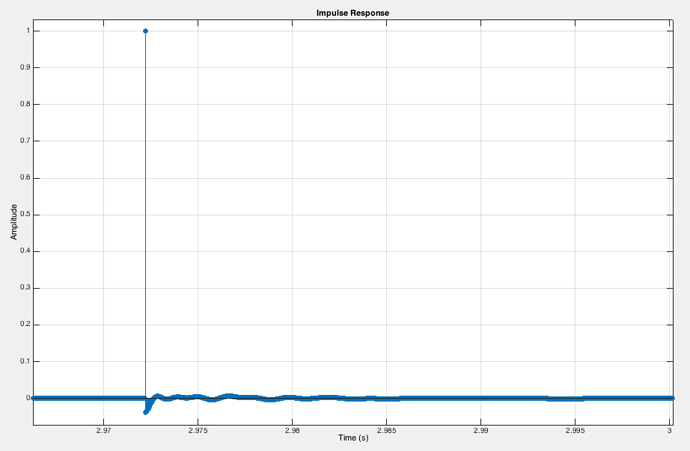I’ll write it up when I get a moment.
Mitch’s book is useful but it tries to teach you everything about acoustics, which is mostly a distraction.
XTZ is a measurement system, hardware and software. It does what it does, but it doesn’t do very much, and it is a closed system, can’t interact with anything else. I bought it a few years ago. (I didn’t know this when I bought it, but XTZ is a Swedish outfit, as is Dirac. I was trying to make sense of the English manual which is pretty poorly written, when I realized they are Swedish and looked up the Swedish manual, since I know that language; much better!)
Today I use Acourate to measure when I am working on correction. But there is a problem with measuring the actual results of Roon. Both Acourate and REW want to output the test signal into the system, and measure what comes out of the speakers. This of course works for measuring the amp and speakers and room, but it can’t feed Roon which doesn’t have an input, only plays recordings. Acourate has a simulation mode, where you see what Acourate expects will be the result, but I don’t trust a simulation, I want to measure the actual results. (In fact, I once had a simulation curve that looked great but when I checked the actual results they were terrible – my fault, I had messed things up, but it illustrates why you want to measure, not just simulate.) REW works the same way, wants to output and then measure.
But I found a way to fool REW: it can output a WAV file of the sweep (and other test signals), and then I can save that file in Roon and use trickery to measure that. I cue up the sweep file in Roon, set up REW to output to a null output (the laptop speaker with the volume at zero), then click Measure and immediately start playing the sweep in Roon. That lets me measure the actual result of the Roon convolution. (That’s how I got the picture above.)
I haven’t found a way to do that in Acourate, it may be possible but Acourate is more precise, wants a single ASIO driver for input and output and clock sync, etc.
So in short, I measure and calculate and simulate in Acourate, measure for verification in REW, and use nothing else.
Not quite right, XTZ has a good way to measure and display reverberation in the room, through waterfall or color diagrams. The others don’t do that, as far as I can tell. I’ll probably use that, although I don’t know what to do about it if it is bad…






